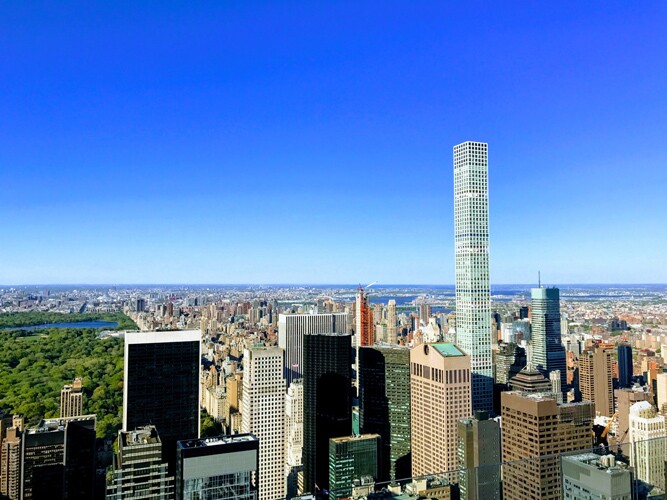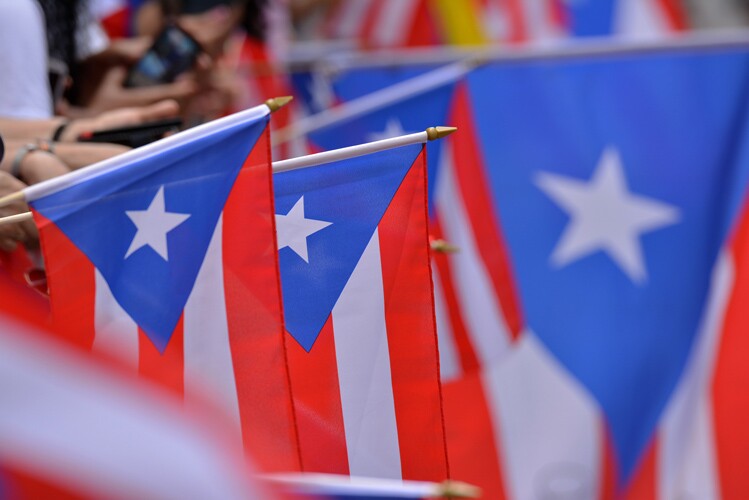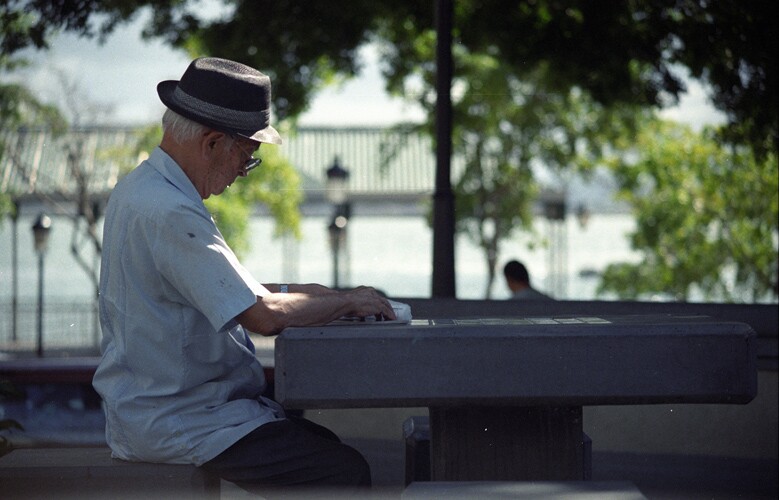Throughout history, large groups of people have migrated from their homelands and settled in new areas. This movement is called a diaspora. If you have Puerto Rican ancestors, it’s likely that your ancestors moved during the Puerto Rican diaspora. This movement of Puerto Ricans largely occurred during the 20th century and was mostly caused by economic factors.
When we learn about when, where, and why people moved, we can learn more about our ancestors and how they arrived at their new homes. Learning these things about the Puerto Rican diaspora can help you find your ancestors.
A Brief History of Puerto Rico, the Island of Enchantment
To understand more about the Puerto Rican diaspora, it helps to know some of Puerto Rico’s history.
After Christopher Columbus claimed Puerto Rico for Spain in 1493, the island was a Spanish colony for 400 years. Although it was called Borikén by the native Taino population, Columbus named it San Juan Bautista. In 1521, the island’s name was changed to Puerto Rico.

During Puerto Rico’s years as a colony, its economy was largely based on sugar plantations using slave labor. The first enslaved group was the native Taino people; as time went on, however, enslaved Africans were also brought to the island and forced into servitude.
Though the situation was far from ideal, the interactions of these various peoples made Puerto Rican culture a vibrant mix of native, African, and Spanish influences.
At the end of the Spanish–American War in 1898, Spain ceded the island to the United States. Today, Puerto Rico remains a United States territory. Since 1917, Puerto Ricans have had United States citizenship, allowing them to travel to the United States without passports.
Puerto Ricans in New York and Beyond: The Great Migration to the United States
Although the Puerto Rican diaspora mainly took place during the decades of the 1940s to the 1970s, small groups of Puerto Ricans lived in the New York City area during the 1920s. These immigrants mostly worked in the cigar industry.
Like the rest of the world, Puerto Rico was greatly affected by the Great Depression of the 1930s and World War II.
To help modernize the Puerto Rican economy following the war, a program called “Operation Bootstrap,” based loosely on the New Deal of the 1930s, was put into place. The idea was to shift from a sugar-based economy to manufacturing. Unfortunately, even with factories on the island, this shift led to fewer jobs as people moved from the countryside to the cities looking for work.

During the late 1940s and 1950s, factories in the northeastern United States began recruiting workers from Puerto Rico. With the decline of available jobs in Puerto Rico and cheap airfare, thousands migrated to the United States looking for work. The Great Migration mostly occurred during the 1950s and 1960s, with an estimated 470,000 coming to the United States during those years. Smaller surges in migrations occurred during the 1970s to the 1990s and again during the early 21st century as Puerto Rico struggled with economic issues and natural disasters.
Because of the chance for employment in factories, Puerto Ricans settled mainly in the New York City area, with enclaves in Spanish Harlem, Williamsburg, Brooklyn, and the South Bronx. Eventually many more migrated to Philadelphia, Massachusetts, Chicago, Florida, and other areas around the country.
Today, more people of Puerto Rican descent are estimated to live in the rest of the United States than on the island itself. Many of these 2nd and 3rd generation immigrants, sometimes called Nuyoricans, are passionate about their Puerto Rican heritage. They seek to keep their culture alive and work to address social issues relating to their experiences in the United States through music, dance, art, and literature. For example, every year on the second Sunday of June, Manhattan hosts the Puerto Rican Day Parade, which features music and dancing. Started in 1958, the parade attracts thousands every year.

Puerto Rican Influence in the United States
As Puerto Ricans began arriving in the United States, they began contributing to the overall American culture through political, legal, and social work as well as through music, dance, visual arts, and literature.
For example, in 1937, Oscar Garcia Rivera (1900–1969) was the first Puerto Rican to be elected to public office in New York. Elected to the New York State Assembly, he worked with others to improve labor conditions. Many others have followed in his footsteps, seeking to improve the lives of fellow citizens through educational and leadership opportunities such as the ASPIRE program, established in 1961, and Boricua College, founded in 1974.
Seeing the need to showcase Latin music and literature, the Nuyorican Poets Café was founded in 1973. This important nonprofit is a diverse forum for poets, writers, musicians, and artists to share their work. For example, the Nuyorican Poets Café has helped promote the Puerto Rican love of lively music and dance, with salsa dancing, hip hop, freestyle, and Latin Jazz music.
Famous Puerto Ricans
Sonia Sotomayor, a Supreme Court justice, and entertainer Jennifer Lopez are just two examples of the many influential people who are of Puerto Rican descent.
Others include the following:
- Bernardo Vega, who wrote about the early Puerto Rican experience.
- Antonia Pantoja, 1996 Presidential Medal of Freedom award winner for education and social work.
- Jésus Colon, a writer and one of the founders of the Nuyorican movement.
- Angel Ramos Torres, industrialist and publisher of Spanish language radio, television, and newspapers.
- Rosaria Dawson, actress.
- Benicio del Toro, actor.
- José Feliciano, musician.
- Nely (Josias de la Cruz), musician.
- Victor Cruz, NFL football player.
- Héctor Camacho Matias, boxer.
- Chi-Chi Rodriguez, elected to the World Golf Hall of Fame.

Looking for Your Puerto Rican Roots
The Puerto Rican diaspora is considered an internal migration because of the status of Puerto Rican as United States citizens. Most records available are United States records. If you aren’t sure where to start looking for your Puerto Rican ancestors, try the New York Public Library for available information and records in New York.
You can also search Puerto Rican records for free at FamilySearch.org. The Puerto Rico records page has dozens of collections and repositories, each with thousands of records available for you to search.
In addition to records and information on FamilySearch.org, the Where Am I From? feature can give you additional insight into where your ancestors lived, and it allows you to trace your family lines across the world. Try using this feature in tandem with Google Maps and Map My Ancestors to see photos of your family’s homeland and virtually stand where your ancestors stood.
Be sure to share what you learn on your FamilySearch tree and in FamilySearch Memories to help your ancestors’ stories come alive for future generations.
Puerto Rican Terms to Know
- Borinquen or Borikén (bo-rek-en): a Taino name for Puerto Rico, meaning “Land of the Valiant Lord”
- Taino (ti-no): natives of Puerto Rico when the Spanish arrived
- Boricua (bo-rek-wa): name for native Puerto Ricans
- Nuyoricans (nyoo-yor-e-kens): descendants of Puerto Ricans in the United States


